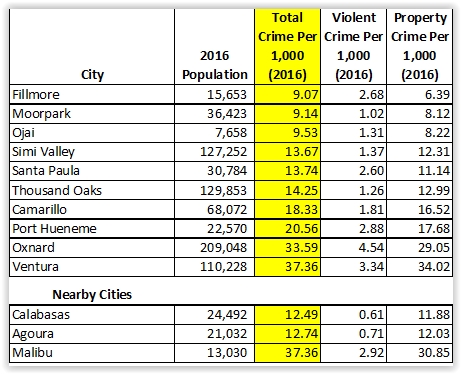Historic Carousel at Chase Palm Park in Santa Barbara Closed First Week of December 2017
/The historic 1916 Allan Herschell Carousel has operated at Chase Palm Park in Santa Barbara since 1999. Nearing the end of its 20 year lease with the City of Santa Barbara, the owner of the Carousel opted to relocate it Hood River, Oregon, for installation in a dedicated museum of historically significant carousels.
The Carousel is one of three machines produced by the Allan Herschell Factory in the 1915-1917 time frame. It was listed in the National Register of Historic Places on April 13, 2000. It is 40 feet in diameter, with a 19 foot wooden pole in its center, supporting 35 jumping, hand-carved wooden horses plus two hand carved art deco style wooden chariots.
This carousel originally operated outdoors on the east coast, where it was used for decades without adequate maintenance. It was purchased in 1970 by Seaport Village in San Diego, where after 10 years in storage it was sold again to its current owners.
While this is sad news for local residents, the good news is that this historical carousel will be preserved in its new location in Hood River.















